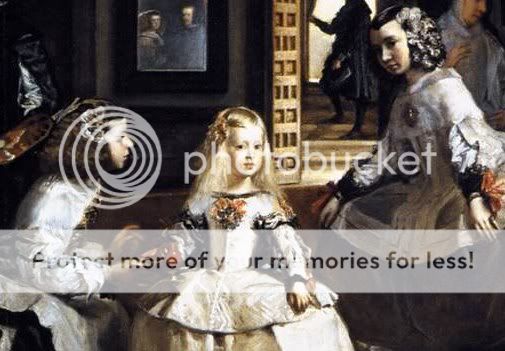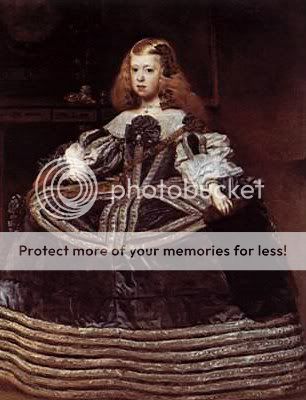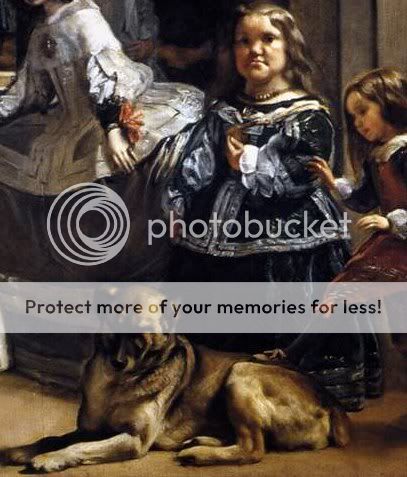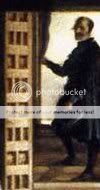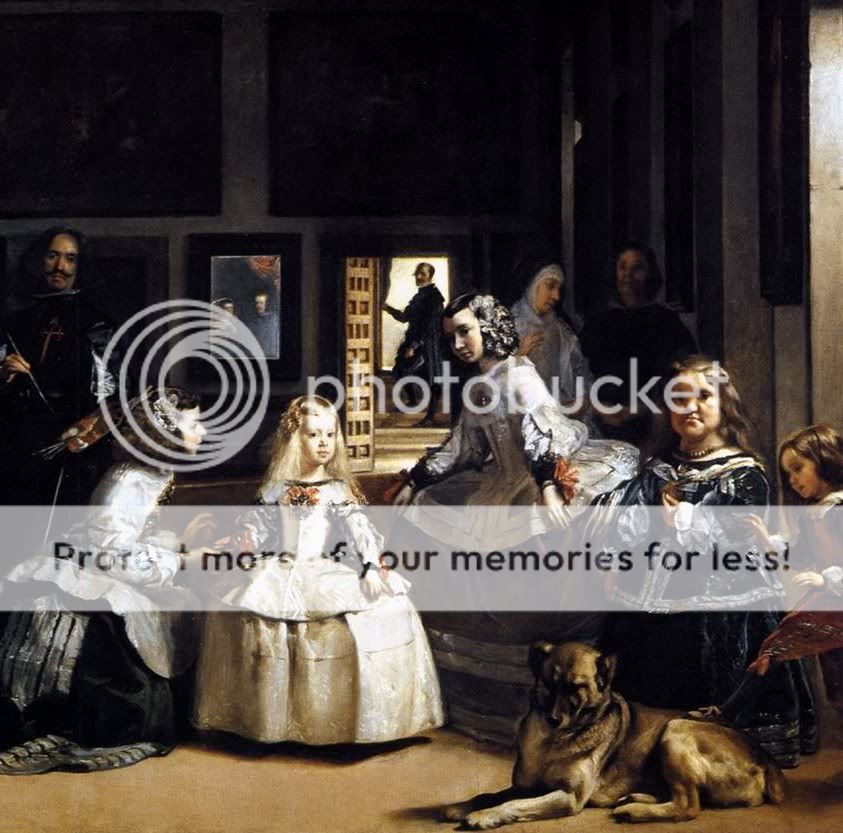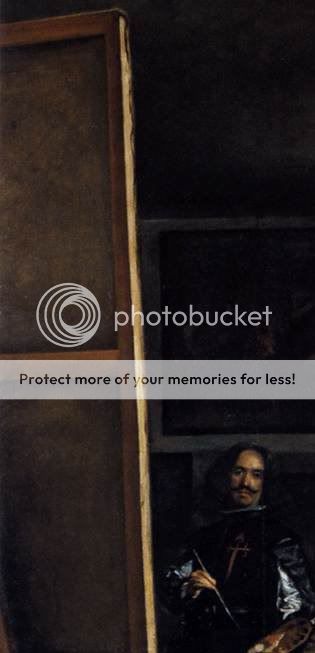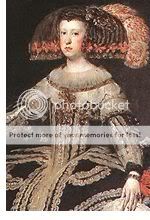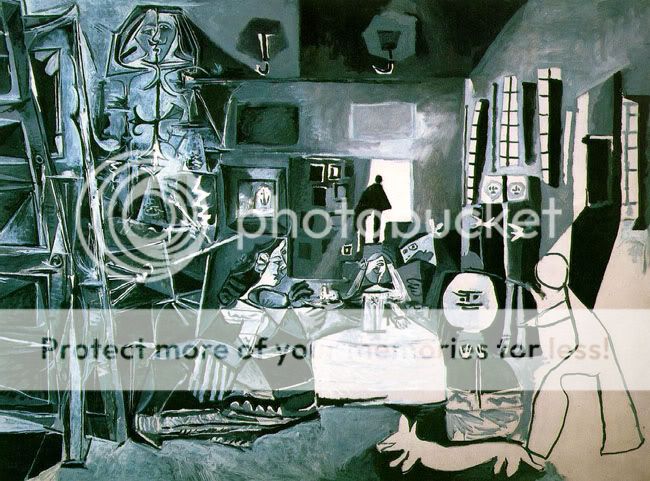ysbel
Heir Apparent , TRF Author
- Joined
- Jul 26, 2005
- Messages
- 5,377
- City
- New York
- Country
- United States
Paintings of royals in general have not been considered great art. Before the age of photography, television and newspapers, painted portraits of royals were the only tool of propaganda that monarchs possessed to enhance their image and power in their kingdom and beyond. So the court painter had a lot of political considerations to deal with. Also an artist under an absolute monarchy did not exactly enjoy artistic freedom but some artists excelled in pushing the boundaries of art while at the same time satisfying the whims of their royal patrons.
The one painting breaks the mold of safe paintings of royals is Las Meninas by Diego Velasquez. Many artists consider this the best painting in the world.
Las Meninas (Portuguese-Ladies in Waiting)
(Original title, Family of Philip IV)
painted 1656
Diego Velázquez de Silva (1599-1660)
Museo del Prado, Madrid
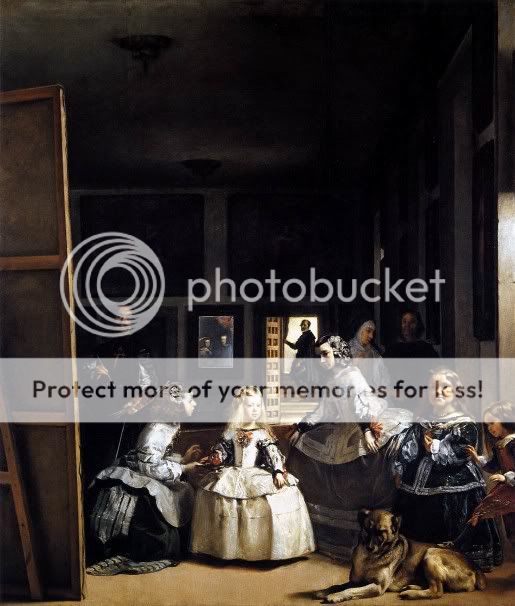
image source: Web Gallery of Art
The one painting breaks the mold of safe paintings of royals is Las Meninas by Diego Velasquez. Many artists consider this the best painting in the world.
Las Meninas (Portuguese-Ladies in Waiting)
(Original title, Family of Philip IV)
painted 1656
Diego Velázquez de Silva (1599-1660)
Museo del Prado, Madrid

image source: Web Gallery of Art
Last edited:


